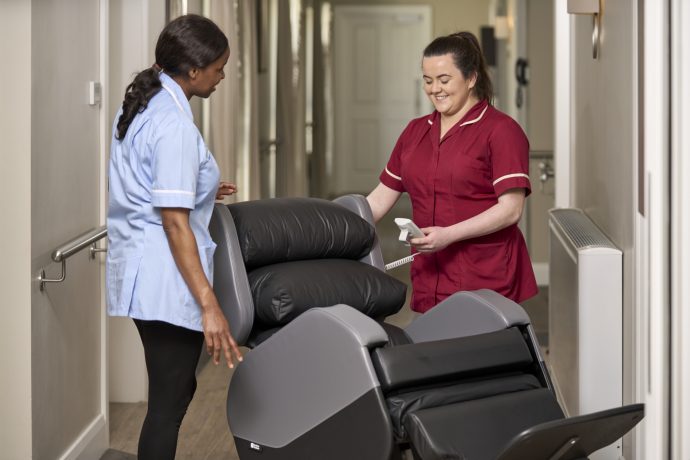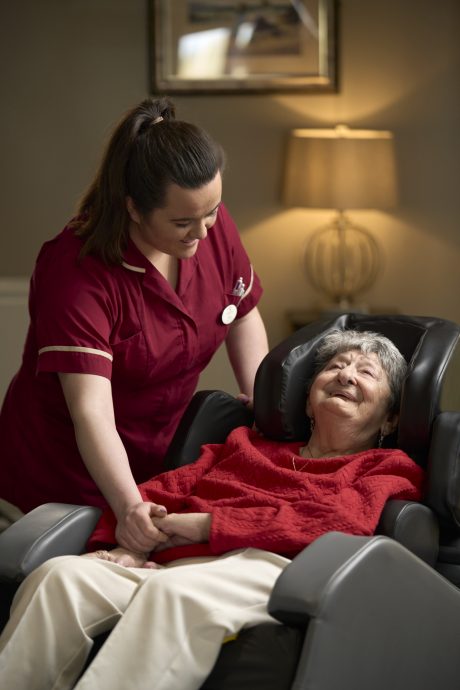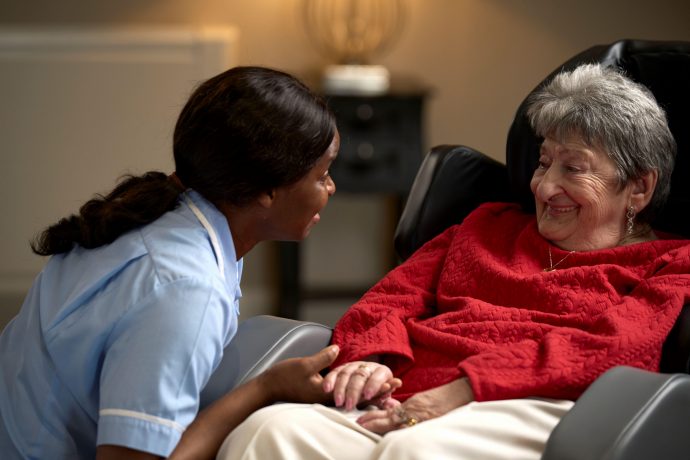
2nd September 2025


Let our online product finder guide you through our simple steps to choose the chairs that best meet your patient’s needs.
Seating Solution FinderThe Envelo cushion provides excellent pressure redistribution and comes as standard on all Seating Matters chairs, meeting the clinical needs of most clients.
Explore Envelo RangeSeating Matters specialises in clinical, therapeutic seating solutions designed to improve patient care and safety, offering products for pressure injury prevention, postural support, and mobility assistance in healthcare settings.
Learn MoreDiscover how Seating Matters has transformed lives with our innovative seating solutions - read our inspiring customer success stories now!
Customer StoriesUsed in academia, in clinical practice and with caregivers around the world to guide their practices around specialist seating.
Download Free Handbook

Pressure injuries are a significant health care problem affecting individuals of all ages cared for across a variety of clinical settings synonymous with health care delivery today. There is limited published advice from health and social organisations on seating and prevention of pressure injuries.
PRESSURE ULCER or PRESSURE INJURY?
In May 2016, the National Pressure Ulcer Advisory Panel updated the term pressure ulcer to pressure injury. This update was done to clarify that both Category/Stage 1 and Deep Pressure Injuries refer to intact skin. The definitions of the categories of pressure injuries were changed slightly by the revision. In this document, the term pressure injury is considered synonymous with pressure ulcer and is used throughout the document except when directly quoting previously published literature.
EVIDENCE BASE
A key study found that when sitting naturally for 1-2 hours, only a small amount could lead to the development of a pressure injury, as body weight in this position is redistributed over a smaller area, resulting in high pressure in the buttocks. A recent literature review noted the mean prevalence rates of 8.9% in Iceland, 17% in Norway, 16% in Ireland, 15% in Denmark and 25% in Sweden. The USA experiences more than 2.5 million pressure injury cases per year, potentially causing over 60,000 deaths. The UK is no less effected by 70,000 cases per year, resulting in 27,000 deaths.
FINANCIAL COSTS
It is widely acknowledged that many pressure injuries are preventable yet they remain a global problem. There are huge international costs associated with their management and treatment and costs in the UK reach an estimated £1.4 billion - £2.2 billion annually. The cost to health system in the USA is at least $9-$11 billion dollars and there the USA centers for Medicare and Medicaid do not pay hospitals for the management of pressure injuries as they are considered a medical error. One 2005 Australian study 14 predicted the number of cases of PI in adults, the bed days lost and the economic value of these losses at public hospitals. The authors reported a median of 95,695 cases of pressure injuries in Australian public hospitals, with a median of 398,432 bed days lost. The median opportunity costs were AU$285 million nationally with greatest cost attributed to New South Wales and the lowest in Australian Capital Territory.
HUMAN COSTS
The real cost is difficult to define because costs go beyond what we see in the hospital or health facility. There is the dual economic costs to the nation of supporting the individual's healing and the loss of the individual's productivity or their family member caring for them. Pressure injuries negatively impacts on quality of life with all the activities of daily living being adversely affected. Worryingly pain is the most common complaints with individuals compounded by the interventions offered to combat risk of further developing pressure injuries. SOLUTIONS The NICE guidelines, June 2015, are to be reviewed in August 2018, and are recommend that a patient is repositioned every 6 hours for adults and every 4 hours for high risk adults. However, the frequency or repositioning should be appropriate for the individual person, their wishes and need. For children and young patients at risk, repositioning is recommended at least every 4 hours and more frequently for those at high risk. The National Pressure Ulcer Advisory Panel (NPUAP) is the nation's leading scientific expert on pressure injury prevention and treatment. Their goal is to ensure improved patient health and to advance public policy, education and research. Regular positioning is not possible for some individuals because of their medical condition and an alternative prevention strategy such as providing a high-specification seating or additional pressure relieving devices may need to be considered
SEATING MATTERS PRODUCTS
Choosing the right seating and surface influences pressure injury. The chair should be the correct width so the person fits comfortably into the chair. Instability while seated can lead to sliding. Seating Matters have further demonstrated through the use of their chairs, in clinical field research, carried out in St Camillus' Hospital, Limerick, Ireland. The field study demonstrated:
Sign up to our mailing list to get practical tips and latest research delivered to your inbox!
Take the next step to achieve clinical excellence and a 24 hour package of care for patients.

Arrange a free, no obligation seating consultation with your local Seating Specialist.

Schedule a call at a time that suits you to speak with our experts.

Arrange a free, no obligation trial of clinical, therapeutic seating

2nd September 2025

15th August 2025

15th August 2025